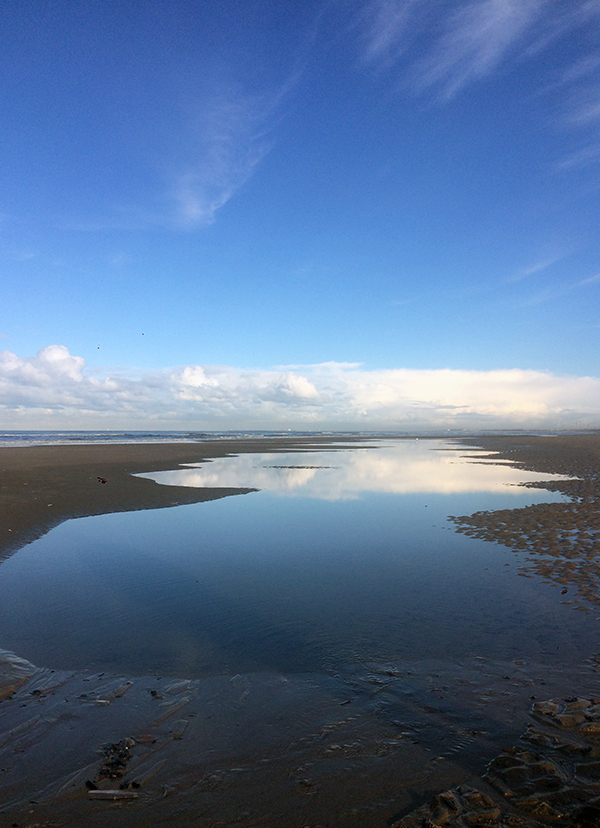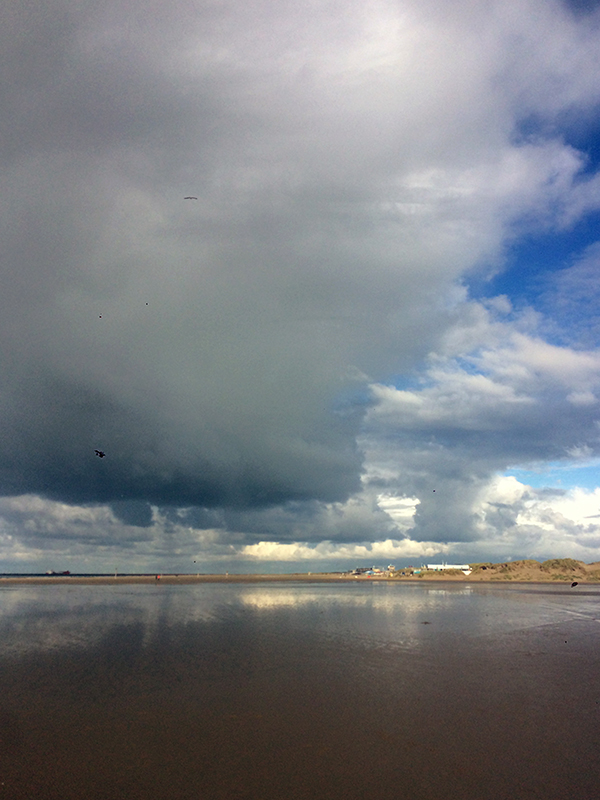Did an extended Galaxy workshop last saturday in our local kringloopwinkel - (re)cycle store. I…
Mapping
Posted by Everdien on 11/07/21 • Categorized as All posts,PhD,Sidebar
Found an interesting bit of text describing map-making in Robert Macfarlane’s The Wild Places – of interest to me as I am looking at a PhD where I will take inventory of a number of areas in the Netherlands to see if/what patterns result of our restless making and re-making of the land.
Macfarlane makes a distinction between grid-maps and story-maps, which coincides with the distinction between the abstract and the personal, the exact and the intimate, the precise and the particular. As I want to be somewhere inbetween – see my geo-poems – this is interesting stuff.

“Broadly speaking, there are two types of map: the grid and the story. A grid map places an abstract geometric meshwork upon a space, within which any item or individual can be co-ordinated. The invention of the grid map, which occurred more or less coevally with the rise of modern science in the sixteenth century, lent a new authority to cartography. The power of grid maps is that they make it possible for any individual or object to be located within an abstract totality of space. But their virtue is also their danger: that they reduce the world only to data, that they record space independent of being.
Story maps, by contrast, represent a place as it is perceived by an individual or by a culture moving through it. They are records of specific journeys, rather than describing a space within which innumerable journeys might take place. They are organized around the passage of the traveler, and their perimeters are the perimeters of the sight or experience of that traveler. Events and place are not fully distinguished, for they are often of the same substance.
The earliest sorts of maps would have been story maps. Spoken cartographies, describing landscapes and the events that took place in them. Maps that could be learned, amended and passed on between people and down through generations. This distinctive crag, that tree-line, this bend in the river, the rock at which this accident occurred, that tree where the hive was found: such fetures would have been descriptively plotted to make a route that was also a story. Perhaps there were written maps, too, portable or permanent, now lost to us.”
“Such maps are, it is true, inaccurate by the standards of modern surveying. But they are alert to aspects of the land to which surveying might be blind. For in such maps, human memory and natural form rebound endlessly upon one another. They are deep maps, too, that register history, and that acknowledge the way memory and landscape layer and interleave. They are living conceptions, idiosyncratically created, proved upon the pulses of a place, born of experience and of attention.”


Gerelateerd:
-
At home
-
Bringing a river home
Went to Tiel today, to Waterschap Rivierenland, to bring my river home. They have had…







